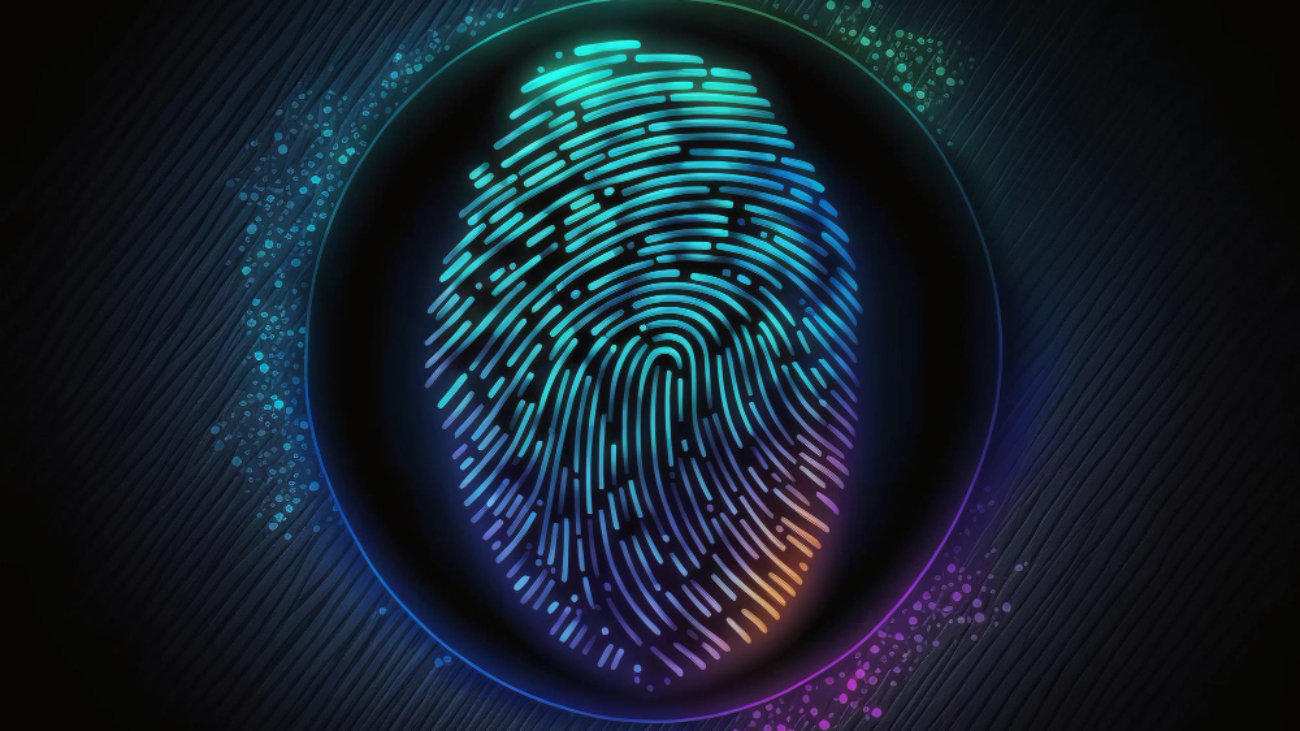In recent years, biometric identification has become increasingly prevalent in many industries, including law firms observed Bahaa Abdul Hadi.. Biometric identification involves using unique physical or behavioral characteristics, such as fingerprints or facial recognition, to identify individuals.
Law firms are using biometric identification for a variety of purposes, such as access control and timekeeping. While biometric identification offers many benefits, it also poses challenges that law firms need to be aware of. Let’s dive in to find out the details.
Opportunities:
Enhanced Security: Biometric identification provides a high level of security compared to traditional identification methods, such as passwords or key cards. Biometric data is unique to each individual, making it difficult for someone to impersonate another person or gain unauthorized access to sensitive areas of the law firm.
Efficiency: Biometric identification can streamline access control and timekeeping processes. For example, law firms can use facial recognition to quickly identify employees and grant access to secure areas. Similarly, fingerprint scanning can be used to track time and attendance, reducing the risk of employee fraud or buddy punching.
Improved Client Service: Biometric identification can also improve the client experience. For example, if a client needs to sign a document, they can use biometric authentication, such as fingerprint scanning, to validate their identity. This can make the signing process faster and more secure, and reduce the risk of identity fraud.
Challenges:
Data Privacy: Biometric identification involves collecting and storing sensitive personal data, which can pose privacy risks. Law firms need to ensure that they have appropriate safeguards in place to protect this data and comply with data protection laws. They should also be transparent with employees and clients about how their data is being used.
Technical Limitations: Biometric identification technology is not foolproof and can be vulnerable to errors or hacking. For example, facial recognition technology may not work well in low-light conditions or when individuals are wearing masks. Law firms need to be aware of these limitations and have backup plans in place in case of technical failures.
Costs: Implementing biometric identification can be costly, particularly for smaller law firms. Law firms need to weigh the benefits of biometric identification against the costs and determine whether it is a worthwhile investment.
Conclusion
Biometric identification offers many opportunities for law firms, including enhanced security, efficiency, and improved client service. However, it also poses challenges, such as data privacy, technical limitations, and costs. Law firms need to carefully consider these factors when deciding whether to implement biometric identification and ensure that they have appropriate safeguards in place. By doing so, law firms can take advantage of the benefits of biometric identification while minimizing the risks.
Thank you for your interest in Bahaa Abdul Hadi blogs. For more information, please stay tuned to www.bahaaabdulhadi.com







